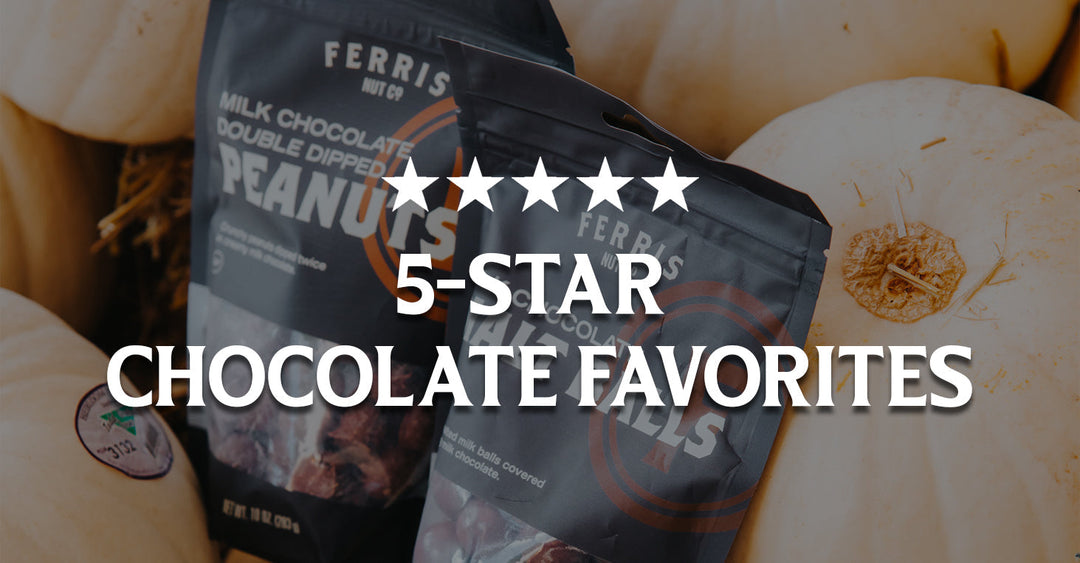Trade in Your Automatic for a Manual
There’s really nothing beautiful about a Mr. Coffee brewer, or a Keurig, or really any kind of coffee brewer that you might traditionally find in someone’s home. These plastic machines tend to sit on a person’s counter, and while they might come in unique colors or fancy prints, they never actually get to be part of the conversation. Nobody cares that your Mr. Coffee is red - what really matters is how the coffee tastes.
But what if you didn’t have to compromise? What if you could brew great tasting coffee, and have a beautiful coffee brewer sitting on your counter? With these manual brewers, you can.
FRENCH PRESS
Also known as the press pot, this brewing method is perhaps the most-widely recognized. Patented in 1929 by Italian designer Attilio Calimani, the original design was rather crude: a metal screen or cheesecloth was attached to a rod that users would push into a pot of boiling water. The modern French Press has come a long way in style and usability, with a cylindrical beaker, usually made from glass or plastic, and a lid equipped with a wire-mesh plunger.
The ease of use makes the French Press a great brewing option for the majority of households, though it can be time-consuming to clean properly.

AEROPRESS
Invented in 2005, the AeroPress entered the market thanks to Alan Adler, the president of Aerobie (a producer of high-quality Frisbees). The AeroPress is a versatile brewing method, and it can accommodate a variety of grind sizes, brew times, techniques, and filter types.
Contrary to popular belief, the AeroPress does not produce espresso, but it can be used to create a more concentrated coffee – though a traditional brew strength is the most common.
The AeroPress is BPA-free, virtually indestructible, and makes for an excellent travel brewer.

CLEVER DRIPPER
The Clever is a steep-and-release hybrid brewer that offers the best that immersion brewing has to offer, while delivering a clean cup similar to a pour-over. This method uses a “clever” stopper which keeps the liquid in the brewer until a pressure switch on the underside is activity. It is easy to use, very affordable, 100 percent BPA-free, and can even be used to brew tea.

HARIO V60
If you’ve ever stopped into the Ferris coffee shop and enjoyed a pour-over, you may have seen us brewing your cup of coffee using one of these. Hario V60s feature a cone-shaped dripper with spiral ridges along the inner wall and a single, large opening at the bottom.
They are designed to help keep the filter from sticking to the walls of the cone, encouraging a balanced brew.

KALITA WAVE
Another of our personal favorites, this pour-over method features a flat-bottomed dripper with three triangulated holes on its base. It stand out from the rest of manual brewing methods as it is one of the few with a flat bottom.
The Kalita’s “accordion” filters are also highly unique and designed to stand away from the brewer’s wall. Like the V60, the Wave drippers caters to the style-conscious by offering a variety of sizes and materials. The coarser grind, filter shape, and flat bottom help to bring out more subtle and complex flavors of the coffee.

CHEMEX
Combining a pour-over filter with an elegant glass decanter, this method uses an ultra-thick paper filter which is set flush against the walls of the chemex.
Since the paper filter is so thick, and because it sits directly against the walls of the decanter, the water flows through the grounds more slowly and so the dwell time is longer than it is with other pour-over brewing methods. This method also highlights the “higher” and “brighter” notes in coffees, yielding a clean, sweet cup.
The best part about a Chemex, however, is that it is used to yield more than one cup of coffee, making it the best option for serving multiple people. This elegant brewer is the perfect option for an after-dinner cup of coffee when hosting a group of friends.

ADDITIONAL BREWING METHODS
While we aren’t currently using the following brewing methods in our own coffee shop, they are beginning to pop up across the country and are worth noting.
Kone
This metal, cone-shaped pour-over filter is designed for use in a Chemex. Lasers have cut tiny holes in the stainless steel to keep coffee grounds separate from the end up, all the while allowing brewed coffee to flow into the Chemex. Think of a Kone as more than just a resusable alterative for the Chemex and instead think of it as an entirely new brewing method. With the porous nature of the Kone and the separation between the filter and the walls of the Chemex, brewed coffee is more quickly released from the grounds. The end cup has more body and oils – much like a cleaned up French press cup, however the constant movement of water results in increased “higher” notes. The Kone also produces less waste than paper filters.

Bee House
The Bee House dripper features a wedge-shaped filter cone with ribs on the inner walls. It can easily fit on top of most mugs, as well as the Hario and Kalita servers. While it is technically considered a cone dripper, its bottom is flat with two small holes through which the brewed coffee flows.
Its design encourages a slower drain and permits a course grind, both of which contribute to the forgiving nature of the brewer. Like most pour-over methods the Bee House produces a clean cup and accents higher notes, but the extended brew time brings out more sweet and subtle flavors.







